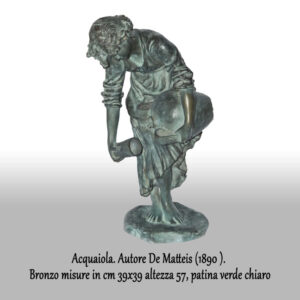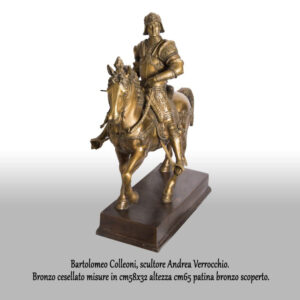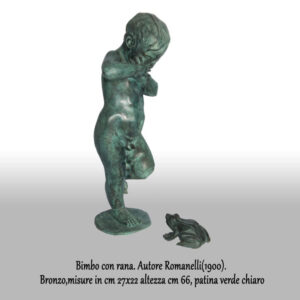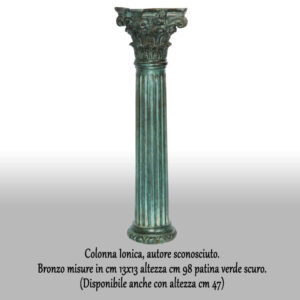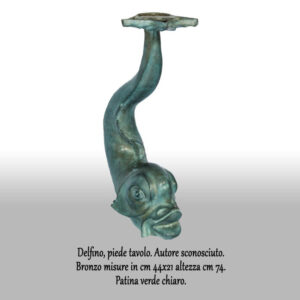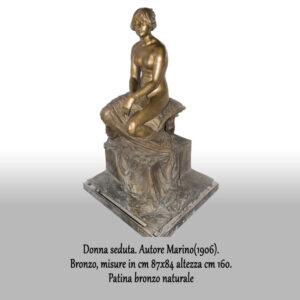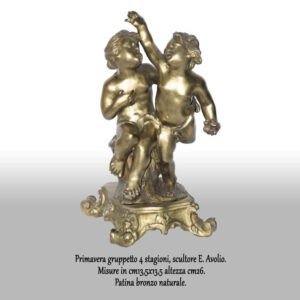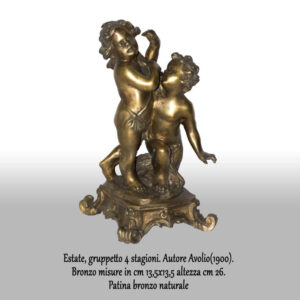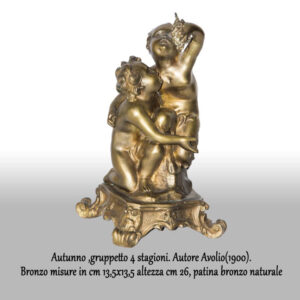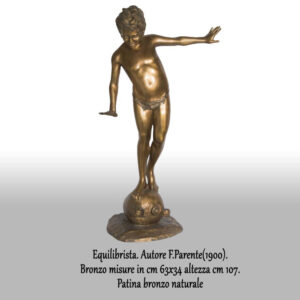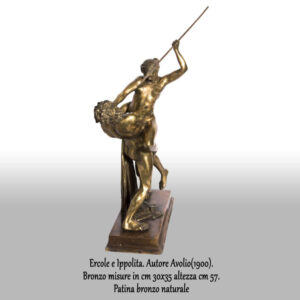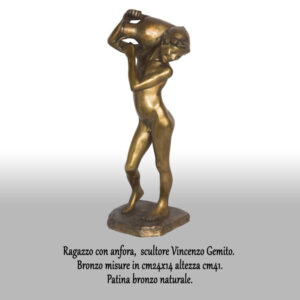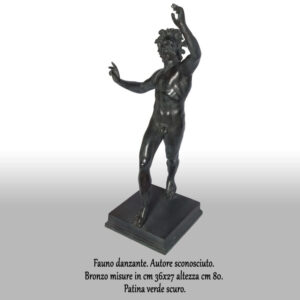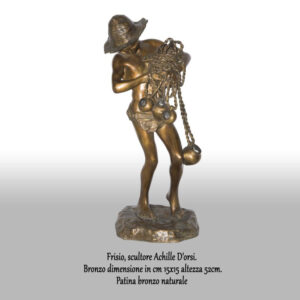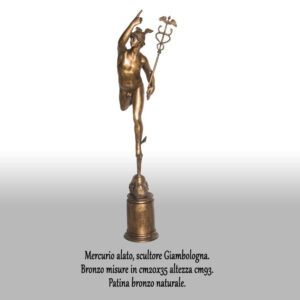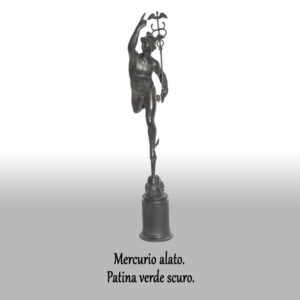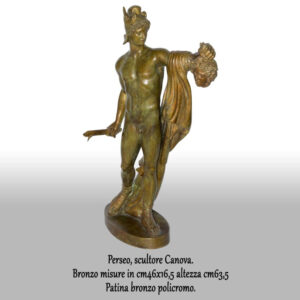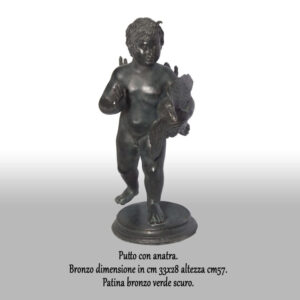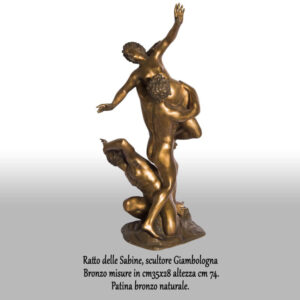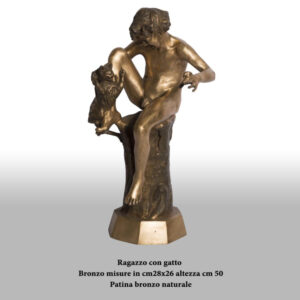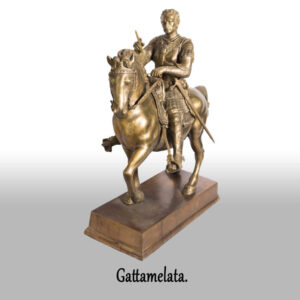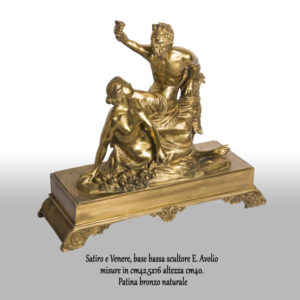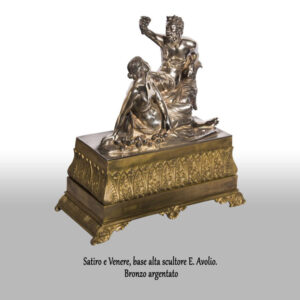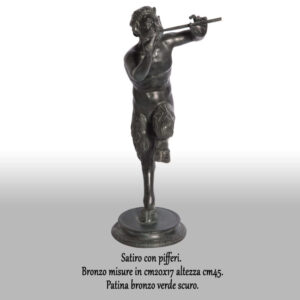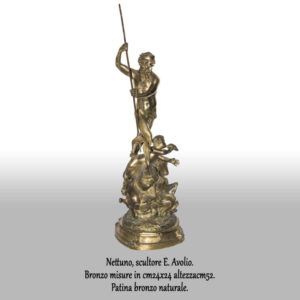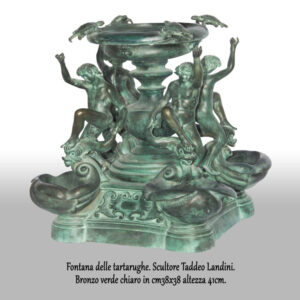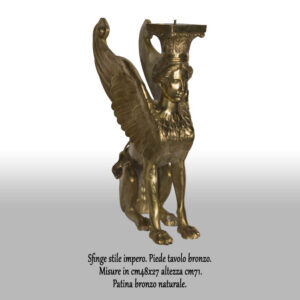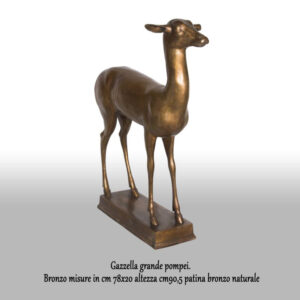LOST WAX MOLDING AND CHISELLING
With this article, we conclude our excursus on the old technique of lost wax casting. Last steps to get our bronze statue are almost the most difficult.
The first step to take is the shaping, which consists in the elimination of the hood and the tassel that cover the sculpture. For a good shaping, you must wait at least 2 days of cooling of the bronze that resides inside the cavity where it was cast. Once the cooling time has passed, the rough sculpture is made.
Then the “soul” of the statue is extracted and only the bronze sculpture remains.
The latter looks like a kind of porcupine from which the bronze vents and positioning nails protrude.
Once sculpted, it is necessary to proceed to the elimination of all these imperfections, by cutting the “bronze vent straws” and removing the nails.
This operation will, of course, leave small holes on the surface of the bronze statue, holes that will be closed by shaping the statue with the chisel.
Chiseling must be such as to render completely invisible the areas where the holes appeared before.
In other words, chiselling must be perfect.
The repelling or chiselling of the statue consists in the smoothing of the protruding parts, so as to cover the holes due to the vents and the nails.
It is an art that matures solely with practice, therefore, our secular experience offers excellent guarantees of success.
Our artisans try to minimize the number of imperfections resulting from the statue’s shaping and, above all, try to predict its shape, so as to use a suitable chisel.
On some statues, a skating or even a gilding is carried out to make the work more beautiful.
Only an endless passion and a secular experience can guarantee the perfect realization of a bronze statue through the lost wax technique. This technique, in fact, is not a mere industrial process, but the natural artistic extension of the sketch produced by the author.
Each author can present a sketch of the measures that he prefers, our artistic foundry will reproduce the bronze work even in different scales, depending on what the author demands.
Ancient Foundry Di Giacomo, the art of telling stories by telling.



